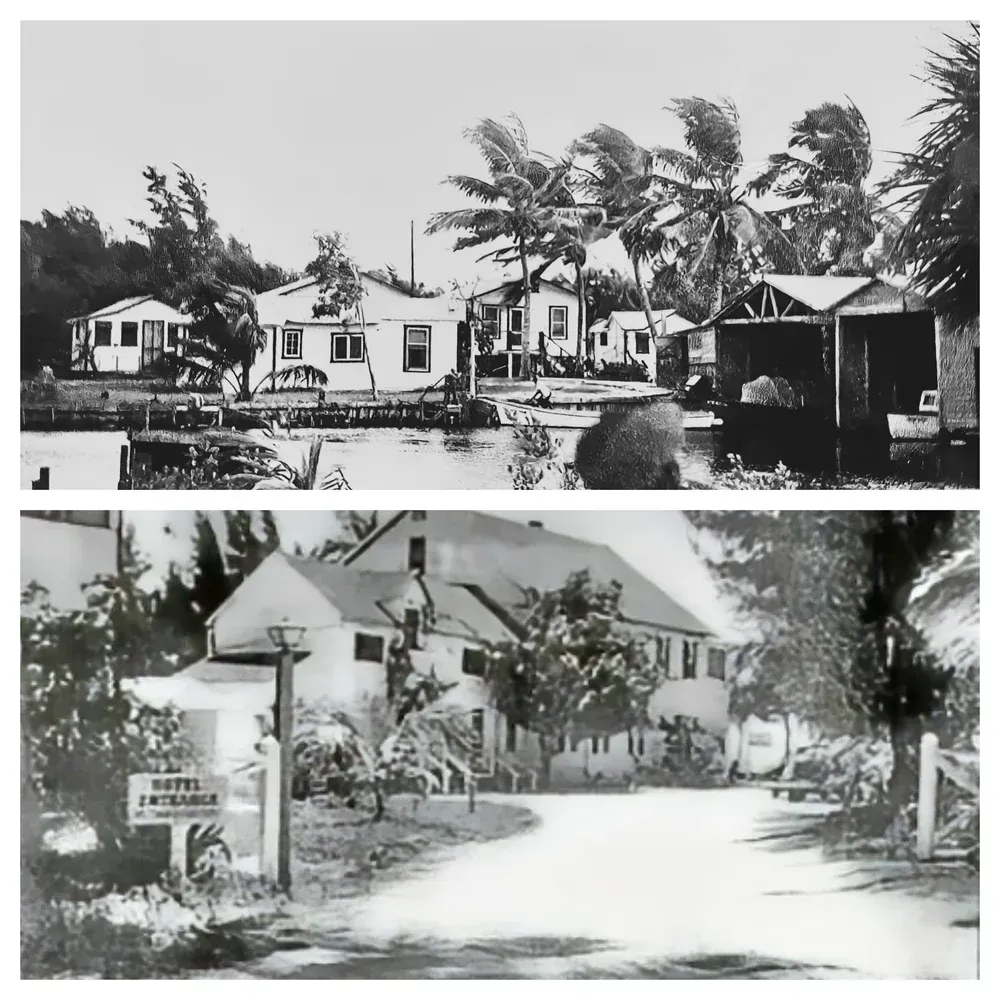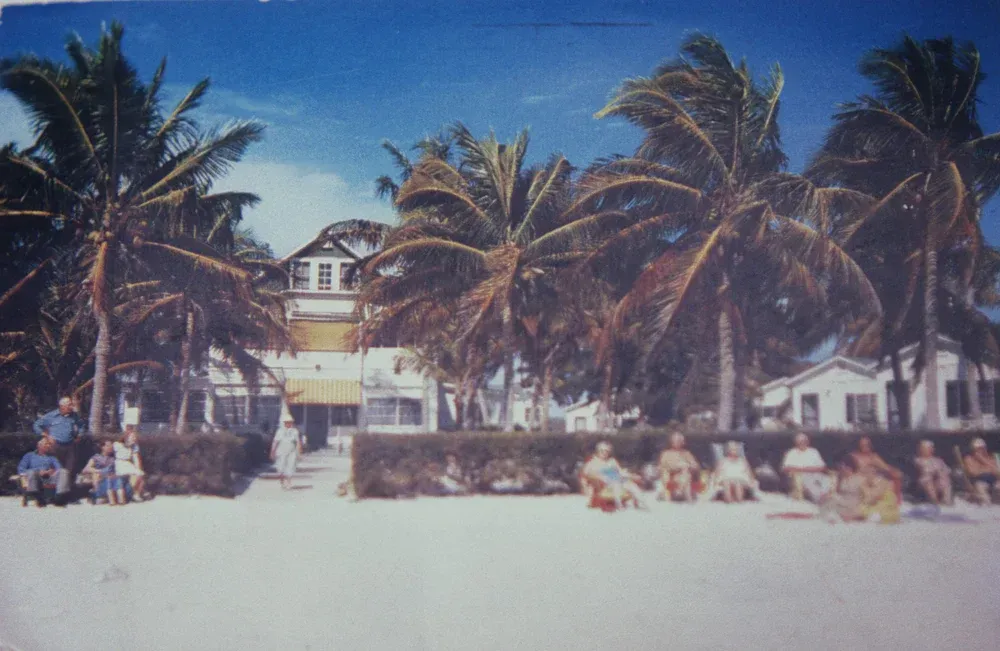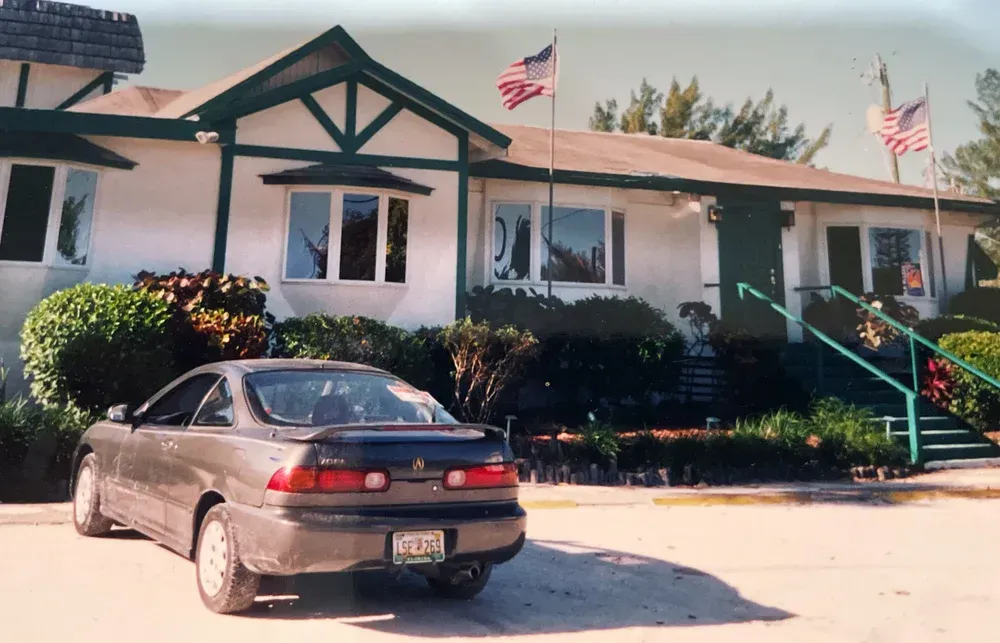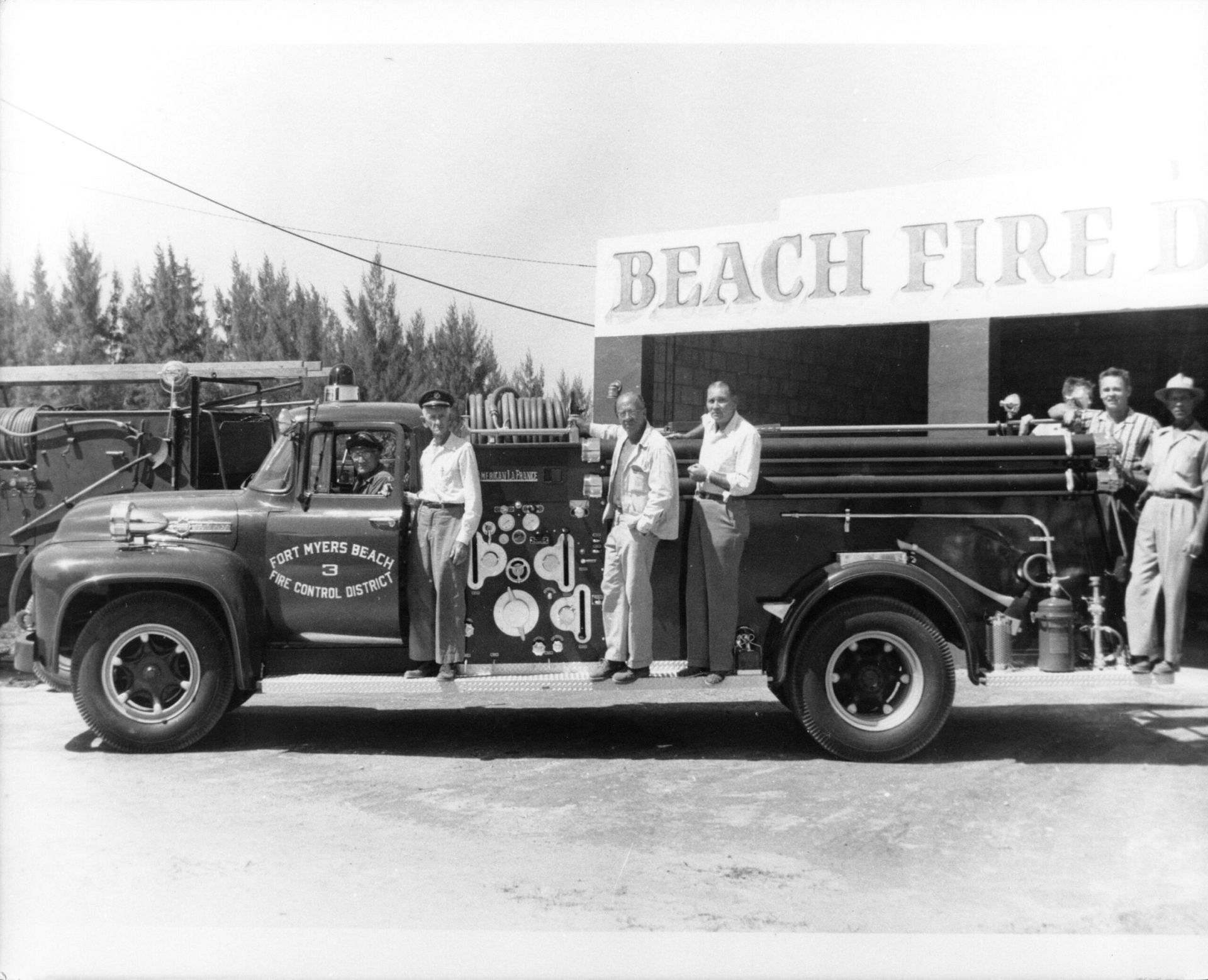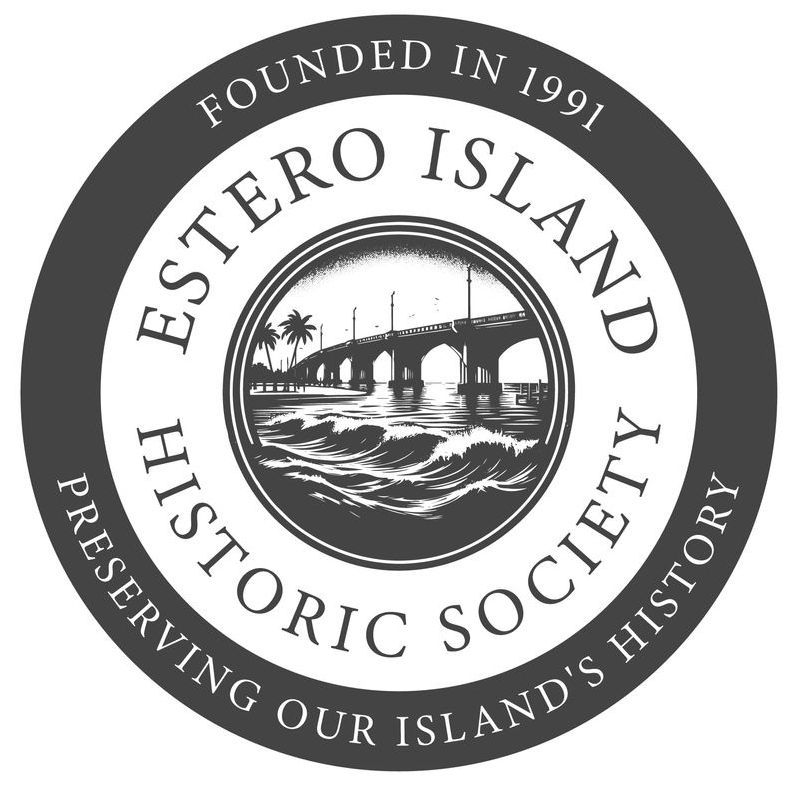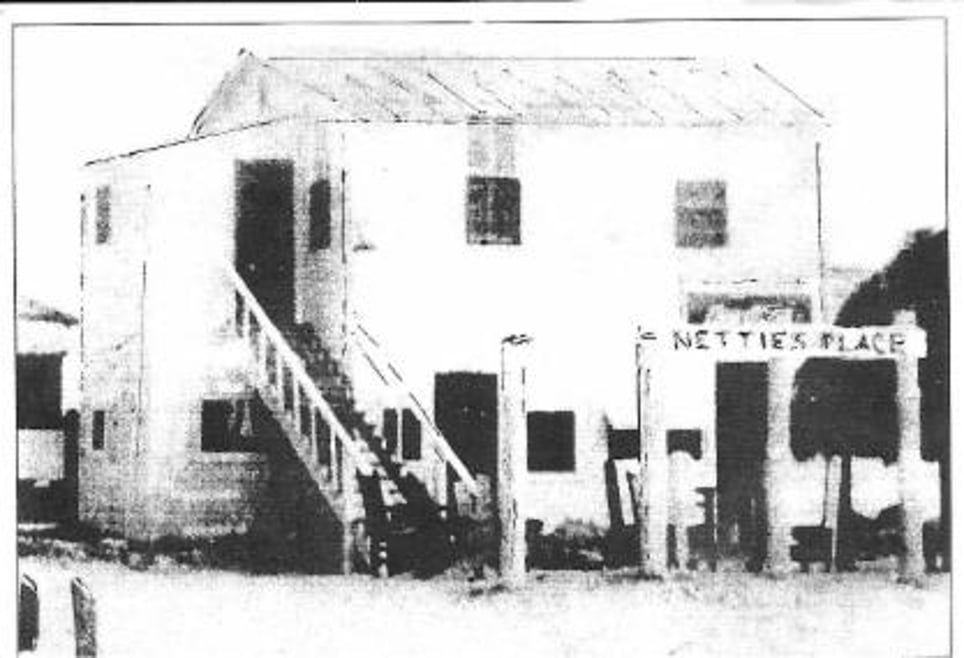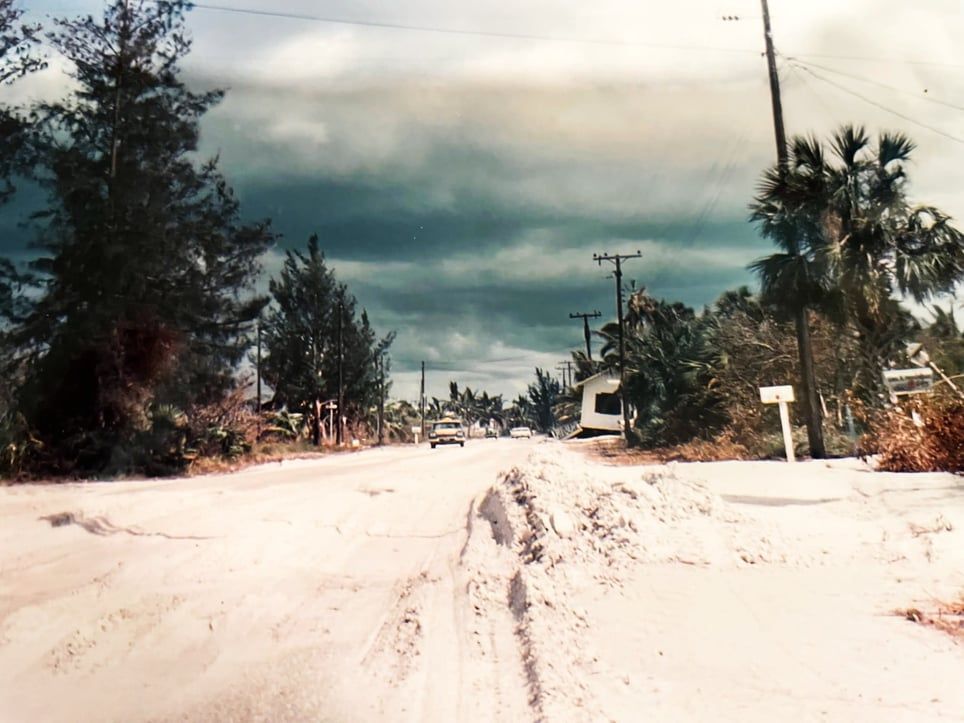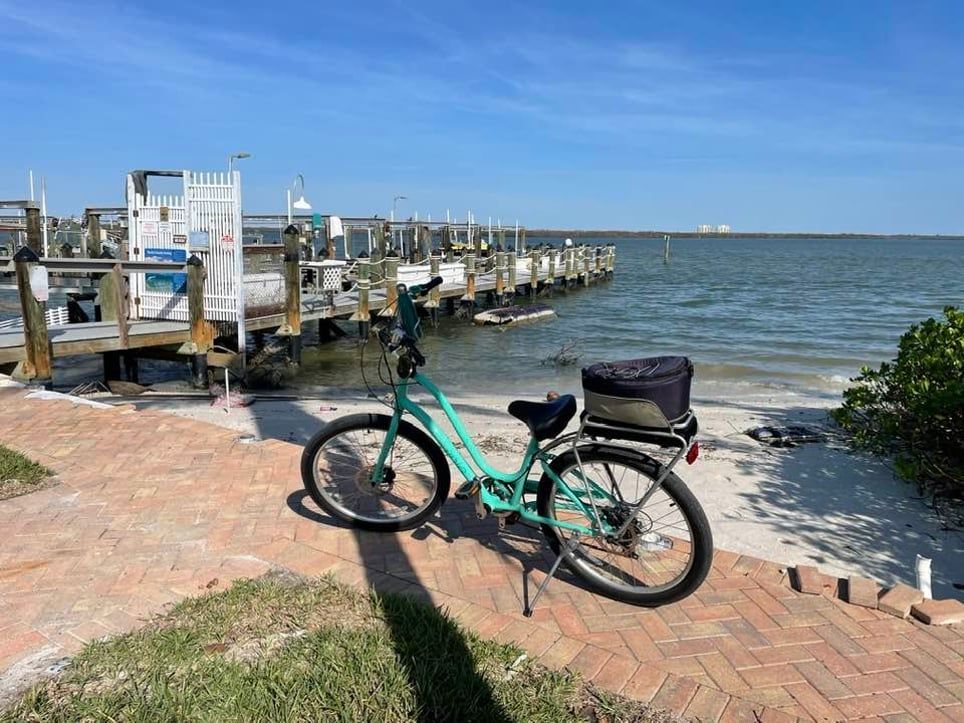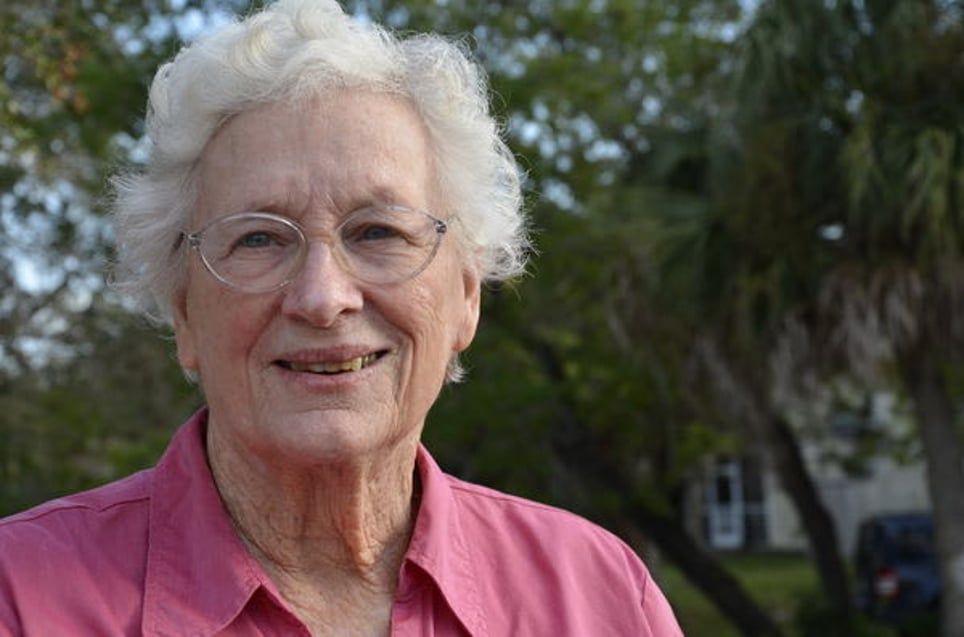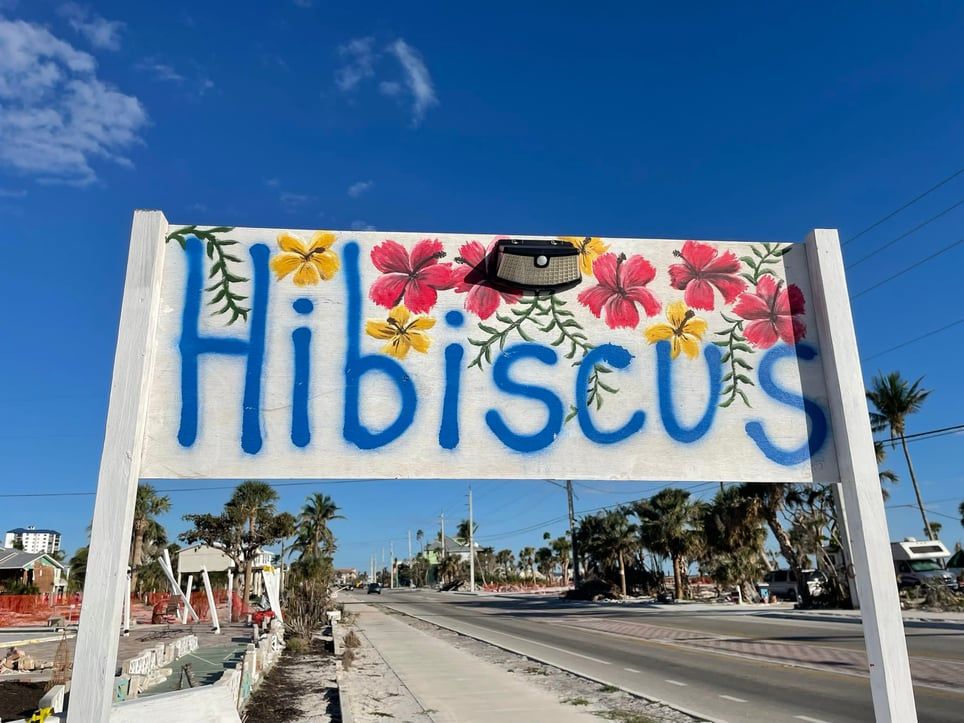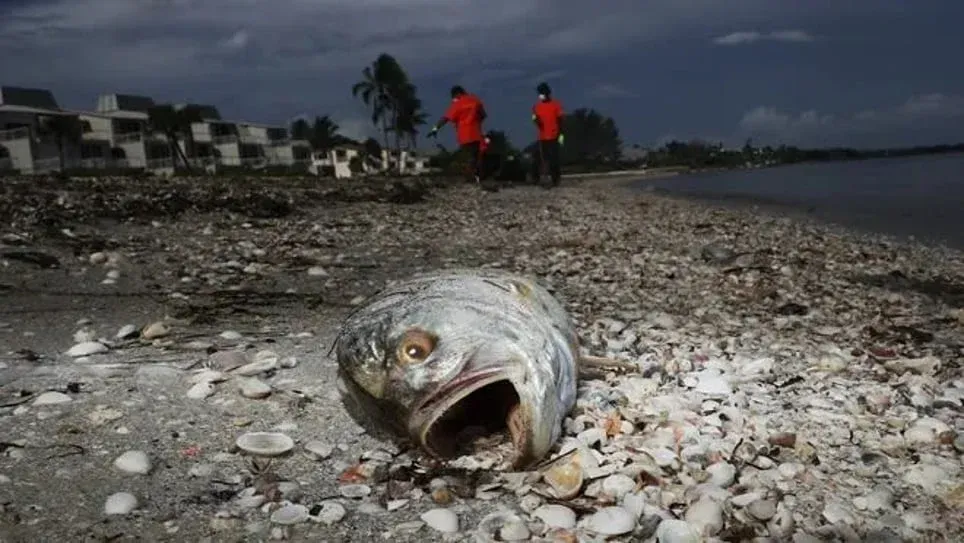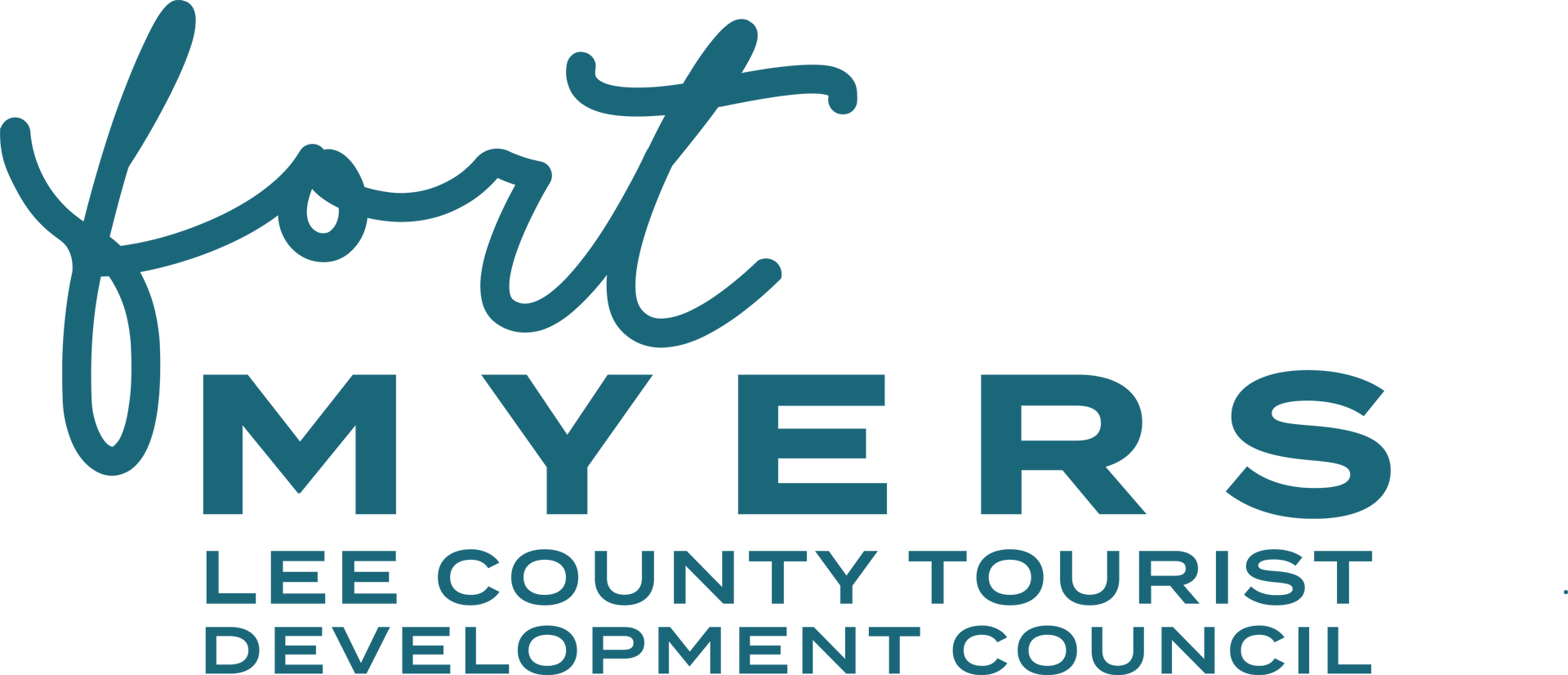What’s In A Name? From Crescent Beach To Fort Myers Beach
What’s In A Name? From Crescent Beach To Fort Myers Beach
Ellie Bunting
Ellie enjoys sharing her knowledge of local history with others. She has been on the Board of the Estero Island Historical Society for twenty years. In addition, she has been working with her husband, Bob, in real estate for the past three years and has an extensive knowledge of the local market.
What’s in a name? According to Shakespeare, “That which we call a rose by any other name would smell as sweet.” It wasn’t that easy for the early developers of Fort Myers Beach. In the 1920s, Estero Island was known as “Crescent Beach.” The name was a logical choice because the island is, indeed, shaped like a crescent.
However, at some point in 1921 when developers were busy building casinos, bathhouses, hotels, and other entertainment enterprises, the name Crescent Beach became a hot topic of discussion. Reading the mailbag in the News-Press during 1921, I saw many letters to the editor discussing the new name for Estero Island. After doing some research, I finally discovered why the name was changed.
The name Crescent Beach became an issue when the mail service to the island became a regular occurrence. Since there was already a Crescent Beach in the Tampa/St. Petersburg area, letters addressed to residents of Crescent Beach quite often ended up being delivered to the “other” Crescent Beach. Likewise, letters addressed to residents of the Crescent Beach up state were delivered to the post office on the island where they would need to be returned to senders.
Obviously, this was very confusing. Through my research, I learned that it is ok to have towns with the same name in different states, but there should be no towns with the same name in the same state.
Thus began the dilemma of finding a new name for Estero Island. As you can imagine, this created quite a controversary in Fort Myers as well as on the island. This was the beginning of the 1920s “boom.” Many people were investing heavily in the development of the island as a “tropical resort” and a “beach paradise.” Hotels and casinos were sprouting up on the beach, a new road from Fort Myers was being built, and the island finally had a real bridge so cars could drive onto the island. Prior to this the only way to access the island was to drive down McGregor to what is now John Morris road and follow the shoreline to the foot of the bridge (near Bonita Bills). At this point, passengers had to leave their cars and take a barge across the bay where they would be dropped off at Snug Harbor and walk to the beach from there.
With the opening of the new road and bridge , the developers were busy promoting the island nationwide. Changing the name from Crescent Beach was going to affect these promotions.
One of the most well known of these developers was Captain Jack DeLysle who was building a modern casino, bath house, cottages, and hotel at the end of Connecticut. He chose the name Wonder Beach for his new development and was promoting it as a name to replace Crescent Beach.
Unfortunately, the name Wonder Beach did not provide a positive connotation for the new resort. To many, it sounded cheap and reminded people of Coney Island. DeLysle hired a marketing expert to help come up with a new name for his casino. After doing much research, Seminole Sands was chosen as the name to replace Wonder Beach.
Although DeLysle would have loved it if Seminole Sands become the new name for the island as well, it was not to be. Many different names were discussed (Crystal Beach, Carlos Beach, Matanzas Beach, Lee Beach, Gasperilla Beach, Gulf on Estero Island, and finally Fort Myers Beach).
Many of those who lived on the island and were involved in its development were not thrilled with the name Fort Myers Beach. Back in those days, the residents of Fort Myers viewed the island as their “asset” and “playground.” They would come on weekends to party and then return home. Some would buy lots and build cottages, but they would only be used during the summer and would be rented out in the winter. Island residents wanted to have a name that reflected the many wonderful attributes of the island rather than a moniker that reflected its relationship with the town of Fort Myers.
I really couldn’t pinpoint how or why Fort Myers Beach was chosen as the name, but by May 1921, all references to Crescent Beach or Wonder Beach were removed from the paper and any story about the island used the name Fort Myers Beach.
Even as I was growing up in the 50s and 60s, some residents were still pushing to change the name to Estero Island and get rid of the Fort Myers moniker for good.

